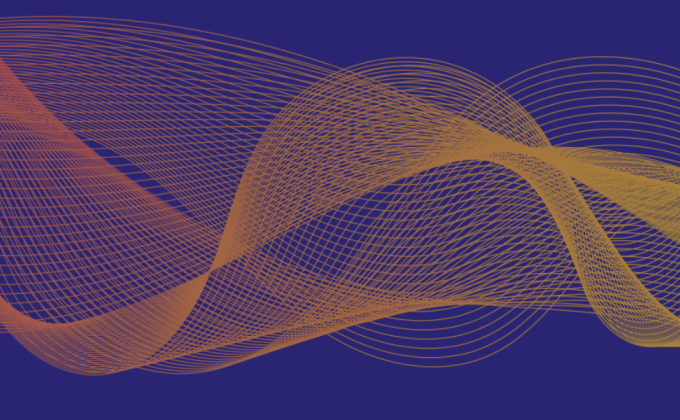All former Islamic State members pose a unique threat or lack thereof based on their individual circumstances, but female members of the Islamic State seem to generate a particularly polarized response. Practitioners need to integrate gender analysis into their assessment of individual members of the Islamic State in order to understand the potential threat that these men and women pose and mitigate that threat effectively. To do so, practitioners need to understand the wide variety of roles that women have played in the Islamic State, how conflating women in the oft-used “women and children” of the Islamic State has in downplaying the agency of women, and how gendered media reporting can introduce bias into counter-terrorism practitioner’s assessment of the threat. This article will explore each of these issues and present an approach to assessing the potential threat posed by women in the Islamic state.
This publication represents the views of the author(s) solely. ICCT is an independent foundation, and takes no institutional positions on matters of policy unless clearly stated otherwise.
Photocredit: Hlib Shabashnyi/Shutterstock






